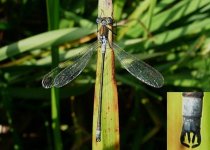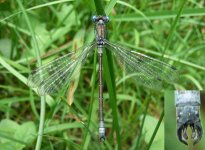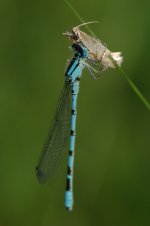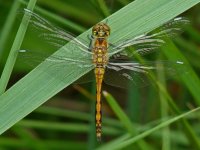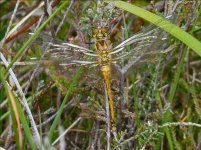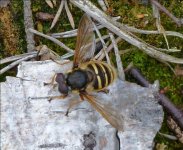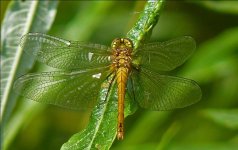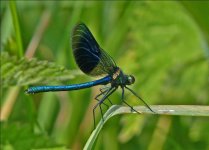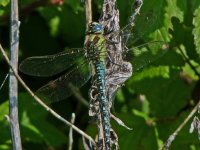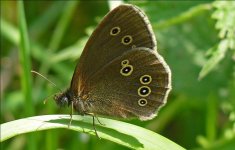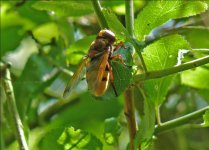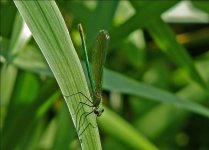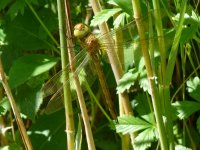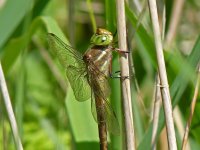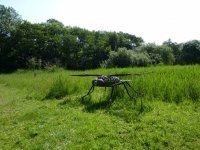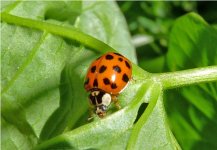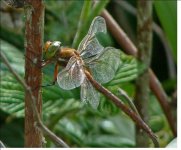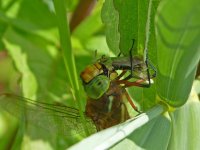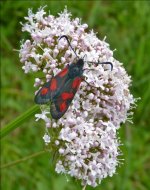Paul Woolnough
Well-known member
Common Blue, Azure and Blue Tailed at Thomson Common on Sunday morning.
Also saw this newly emerged and three Emeralds, but are they Scarce Emeralds? Sorry the pics aren't too sharp it was a little windy.
Lewis
from left to right 2 (female) and 4 (male) are definitely common emerald. 3 can't be distinguished due to the angle of the photo.
Thanks HD for identifications.
When I see male emerald damselflies I look at the rear end of the abdomen. There are four appendages. The inner two are narrow and straight on (common) emerald and are broader and turn inwards on scarce emerald.




